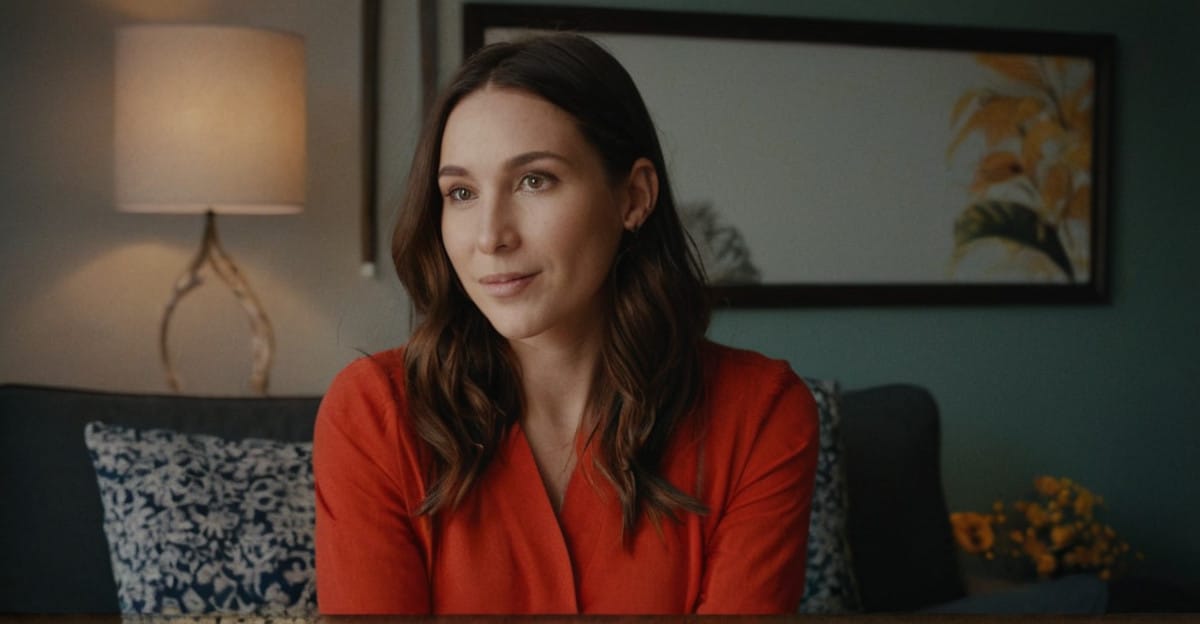Introduction
Creating a compelling freelance artist portfolio is crucial for attracting high-paying clients. Your portfolio is your first impression, your chance to showcase your skills, and your opportunity to stand out in a competitive market. In this article, we’ll explore the 10 must-have elements that can transform your portfolio from good to exceptional. By the end of this guide, you’ll know exactly what it takes to captivate potential clients and secure lucrative projects.
1. Professional Presentation
The first element of a successful freelance artist portfolio is professional presentation. This includes everything from the layout and design to the ease of navigation. A well-organized portfolio not only looks appealing but also helps clients find what they are looking for quickly. Consider using a clean, minimalist design that highlights your work without overwhelming the viewer. Ensure that your website is mobile-friendly, as many clients will view your portfolio on their smartphones or tablets.

2. High-Quality Images
High-quality images are non-negotiable in a freelance artist portfolio. Each piece of art should be displayed in the best possible light. Invest in a good camera or hire a professional photographer to capture your work. Ensure that the images are well-lit and showcase the details of your artwork. Additionally, make sure to optimize the images for web use to prevent slow loading times, which can deter potential clients.
3. Clear and Concise Descriptions
Alongside each piece of art, include a clear and concise description. This could include the medium used, the inspiration behind the piece, and any other relevant details. These descriptions provide context and help potential clients understand your work better. Avoid lengthy paragraphs; instead, focus on delivering key information in a few sentences. Make sure your descriptions are free of jargon and accessible to a broad audience.
4. About Me Section
The About Me section is your chance to connect with potential clients on a personal level. Share your journey as an artist, your inspirations, and your achievements. Keep the tone conversational and authentic. This section should give clients a sense of who you are and why you create art. Highlight any significant projects or collaborations you’ve been a part of, as this can add credibility to your portfolio.

5. Client Testimonials
Client testimonials can significantly boost your credibility. Positive feedback from previous clients acts as social proof and reassures potential clients of your reliability and skill. Collect testimonials from past clients and display them prominently in your portfolio. Make sure to include the client’s name and a link to their website if possible. Video testimonials can be even more impactful as they add a personal touch.
6. Contact Information
Make it easy for potential clients to get in touch by providing clear contact information. Include a contact form, your email address, and links to your social media profiles. Ensure that your contact page is easy to find and navigate. The smoother the contact process, the more likely clients are to reach out. Consider adding a call-to-action encouraging clients to contact you for inquiries or commissions.
7. Diverse Portfolio
A diverse portfolio showcases your versatility as an artist. Include a variety of work that demonstrates your range of skills and styles. This could include different mediums, subject matters, and techniques. A diverse portfolio not only attracts a wider range of clients but also shows that you are capable of adapting to different project requirements. Ensure that each piece is of high quality to maintain a consistent standard throughout your portfolio.
8. Process Documentation
Including process documentation can add depth to your portfolio. This could be in the form of time-lapse videos, step-by-step photos, or written explanations of your creative process. This not only showcases your skills but also gives clients insight into how you work. Process documentation can be particularly appealing to clients who are interested in custom commissions, as it demonstrates your ability to bring ideas to life.
9. SEO Optimization
SEO optimization is crucial for making your portfolio discoverable online. Use relevant keywords throughout your portfolio, including in your titles, descriptions, and meta tags. Ensure that your website is fast-loading and mobile-friendly, as these factors also influence search engine rankings. Regularly update your portfolio with new work and blog posts to keep it fresh and engaging. The more visible your portfolio is, the more likely you are to attract high-paying clients.
10. Call-to-Action
A strong call-to-action (CTA) can guide potential clients towards taking the next step. Whether it’s contacting you for a commission, signing up for your newsletter, or following you on social media, a clear CTA can drive engagement. Place CTAs strategically throughout your portfolio, such as at the end of project descriptions or in the About Me section. Make sure your CTAs are compelling and aligned with your overall goals.
Conclusion
In conclusion, a well-crafted freelance artist portfolio is essential for attracting high-paying clients. By incorporating these 10 must-have elements, you can create a portfolio that not only showcases your talent but also builds trust and credibility. Remember to keep your portfolio updated, maintain high-quality standards, and make it easy for clients to contact you. With these strategies, you’ll be well on your way to securing lucrative projects and growing your freelance career.






